Nbme 11 step 2 ck answers – Embark on a journey through the complexities of the NBME 11 Step 2 CK exam with our comprehensive guide. Discover the secrets to unlocking success and achieving your desired score.
Delve into the intricacies of the exam format, content areas, and scoring system. Unearth effective study methods, recommended resources, and expert tips to optimize your preparation.
NBME 11 Step 2 CK Exam Overview: Nbme 11 Step 2 Ck Answers
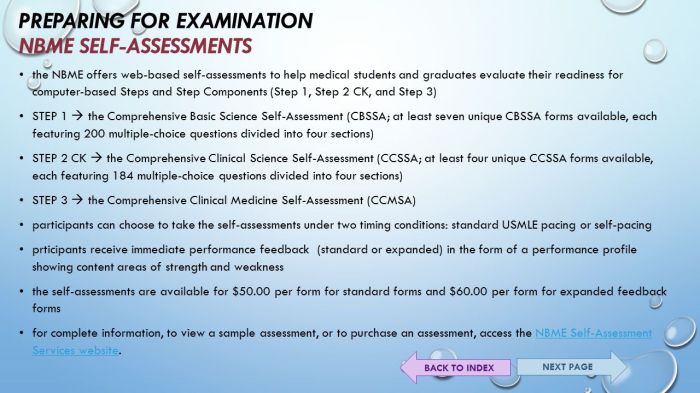
The NBME 11 Step 2 CK exam is a comprehensive assessment designed to evaluate medical students’ clinical knowledge and problem-solving abilities. It is the second step in the United States Medical Licensing Examination (USMLE) series, and successful completion is required for medical licensure.
The exam consists of 280 multiple-choice questions that cover a wide range of medical topics. The questions are organized into eight blocks, with each block containing 35 questions. The exam is administered over a period of eight hours, with one hour allotted for each block.
Scoring System
The NBME 11 Step 2 CK exam is scored on a scale of 200 to 800. The average score is typically around 500. A score of 460 or higher is considered passing.
Study Resources and Preparation Strategies
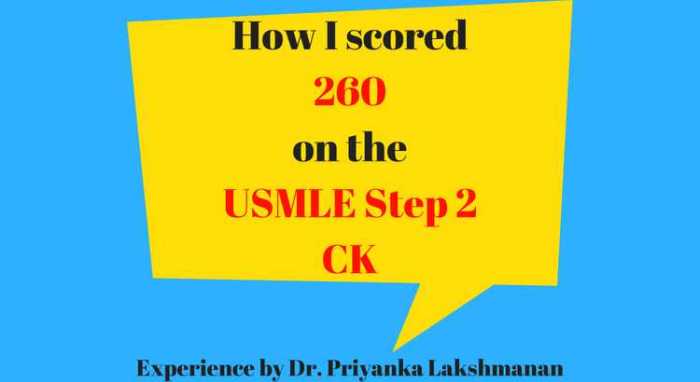
To excel in the NBME 11 Step 2 CK exam, a well-structured study plan and effective preparation strategies are crucial. This involves selecting the right resources, creating a study schedule, and utilizing efficient study methods.
Recommended Resources
-
-*Textbooks
“First Aid for the USMLE Step 2 CK” and “Step-Up to Medicine” provide comprehensive content coverage.
-*Online Courses
Kaplan, UWorld, and Lecturio offer structured programs with video lectures, practice questions, and performance tracking.
-*Practice Questions
UWorld and Amboss offer high-quality question banks that simulate the exam format and help identify areas for improvement.
Study Schedule and Time Management
- Create a realistic study schedule that allocates sufficient time for content review, practice questions, and self-assessment.
- Break down the study material into smaller chunks to enhance retention.
- Use active learning techniques such as spaced repetition and retrieval practice to improve memory.
- Prioritize high-yield topics based on exam blueprints and past experiences.
- Take breaks and engage in stress-reducing activities to maintain focus and prevent burnout.
Effective Study Methods
-
-*Active Reading
Engage with the material by highlighting, annotating, and summarizing key concepts.
-*Spaced Repetition
Review the material at increasing intervals to strengthen memory.
-*Retrieval Practice
Test yourself on the material without referring to notes to assess understanding and identify gaps.
-*Collaborative Learning
Discuss concepts with peers or join study groups to enhance comprehension and identify different perspectives.
-*Utilize Technology
Leverage online platforms and apps for personalized study plans, practice questions, and performance tracking.
Content Analysis of NBME 11 Step 2 CK Exam
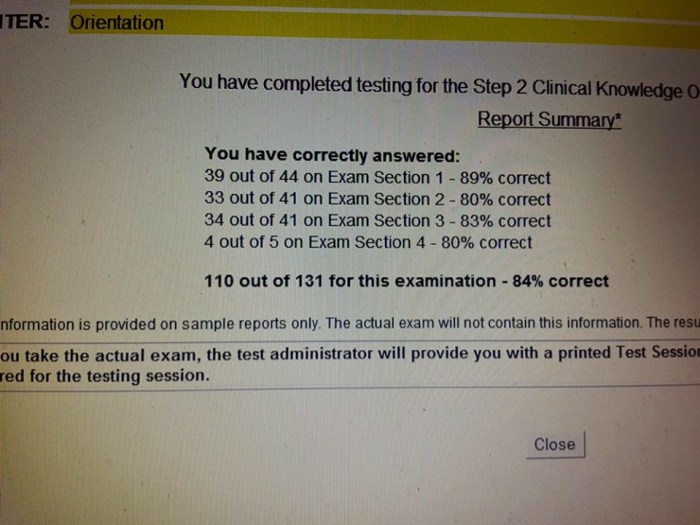
The NBME 11 Step 2 CK Exam is a comprehensive assessment of a medical student’s clinical knowledge and skills. The exam covers a wide range of medical topics, with a particular emphasis on high-yield areas. By understanding the distribution of questions across different content areas, students can prioritize their studies and focus on the most important topics.
Distribution of Questions Across Content Areas
- Internal Medicine: 40%
- Surgery: 20%
- Obstetrics and Gynecology: 15%
- Pediatrics: 10%
- Psychiatry: 5%
- Family Medicine: 5%
- Other: 5%
As can be seen from the distribution, Internal Medicine is the most heavily tested subject on the exam. This is followed by Surgery, Obstetrics and Gynecology, Pediatrics, Psychiatry, and Family Medicine. Other topics, such as Neurology and Dermatology, are also tested, but to a lesser extent.
High-Yield Topics
Within each content area, there are certain topics that are considered to be high-yield. These topics are frequently tested on the exam and are therefore important for students to focus on during their studies. Some of the high-yield topics on the NBME 11 Step 2 CK Exam include:
- Cardiovascular disease
- Pulmonary disease
- Gastrointestinal disease
- Renal disease
- Endocrine disease
- Malignancy
- Infectious disease
- Neurology
- Psychiatry
- Obstetrics and gynecology
- Pediatrics
Areas Where Students Commonly Struggle
While some topics are considered to be high-yield, there are also certain areas where students commonly struggle. These areas include:
- Biostatistics
- Ethics
- Communication skills
Students who are weak in these areas should make sure to spend extra time studying them. They can also seek out additional resources, such as tutoring or online courses, to help them improve their understanding.
Types of Questions and Clinical Scenarios
The NBME 11 Step 2 CK Exam uses a variety of question types, including multiple-choice questions, short answer questions, and case-based questions. The case-based questions are particularly challenging, as they require students to apply their knowledge to real-world clinical scenarios.
Some of the common clinical scenarios that students may encounter on the exam include:
- A patient with chest pain
- A patient with shortness of breath
- A patient with abdominal pain
- A patient with a rash
- A patient with a psychiatric disorder
Students who are well-prepared for the NBME 11 Step 2 CK Exam will be able to answer questions on a wide range of topics and apply their knowledge to real-world clinical scenarios.
Test-Taking Strategies and Time Management

Maximizing your performance on the NBME 11 Step 2 CK exam requires effective test-taking strategies and time management techniques. Here’s a comprehensive guide to help you navigate the exam efficiently and effectively.
Time Management Techniques
- Prioritize Questions:Focus on answering questions you are confident about first. Leave challenging questions for later.
- Manage Time Wisely:Allocate specific time slots for each section. Stick to the schedule to ensure completion of all sections.
- Avoid Getting Stuck:If you spend more than 2-3 minutes on a question, mark it and move on. Return to it later if time permits.
Test-Taking Strategies, Nbme 11 step 2 ck answers
- Read Instructions Carefully:Pay attention to the specific instructions for each question type. Avoid assumptions.
- Eliminate Incorrect Answers:Cross out obviously incorrect options to narrow down your choices.
- Consider the Most Likely Answer:Choose the option that is most consistent with the clinical presentation and evidence provided.
- Handle Challenging Questions:Break down complex questions into smaller parts. Use logical reasoning and eliminate improbable options.
- Avoid Common Pitfalls:Be cautious of trick questions or answer choices that appear similar but have subtle differences.
Sample Questions and Answer Explanations
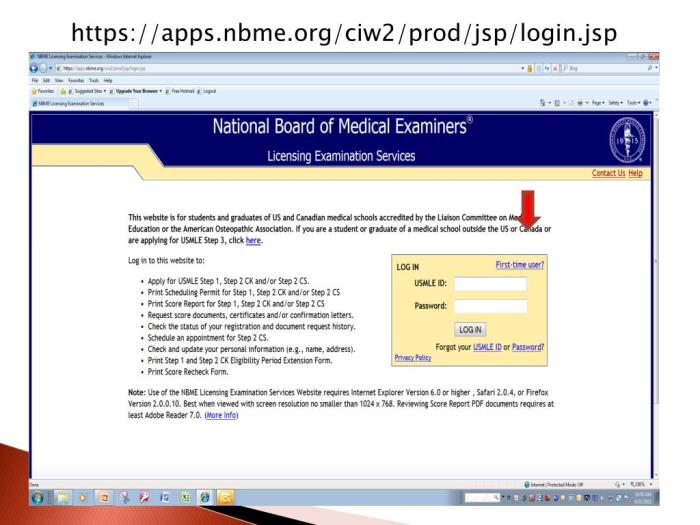
The NBME 11 Step 2 CK exam assesses a wide range of medical knowledge and clinical skills. Here are some sample questions and detailed answer explanations to help you understand the format and content of the exam.
Question 1:
A 65-year-old female presents with a 2-day history of sudden onset, severe left-sided headache. She has a history of hypertension and hyperlipidemia. On examination, she has a left-sided Horner’s syndrome and left-sided weakness. Which of the following is the most likely diagnosis?
- Carotid artery dissection
- Intracranial hemorrhage
- Meningitis
- Stroke
Answer:A. Carotid artery dissection Explanation:The sudden onset of severe headache, Horner’s syndrome, and left-sided weakness suggest a carotid artery dissection. The presence of hypertension and hyperlipidemia increases the risk of this condition. Intracranial hemorrhage would typically cause more severe symptoms, such as loss of consciousness or seizures.
Meningitis is unlikely due to the absence of fever or neck stiffness. Stroke can also cause weakness, but it would not typically be accompanied by Horner’s syndrome. Reference:UpToDate, Carotid Artery Dissection
Question 2:
A 30-year-old male presents with a 6-month history of fatigue, weight loss, and night sweats. He also has a palpable mass in his left supraclavicular area. Which of the following is the most likely diagnosis?
- Hodgkin lymphoma
- Non-Hodgkin lymphoma
- Sarcoma
- Tuberculosis
Answer:A. Hodgkin lymphoma Explanation:The presence of a supraclavicular mass, along with fatigue, weight loss, and night sweats, suggests a diagnosis of Hodgkin lymphoma. Non-Hodgkin lymphoma can also cause similar symptoms, but it is less likely to involve the supraclavicular area.
Once you’re done practicing with nbme 11 step 2 ck answers, why not switch gears and delve into comptia a 1102 pbq dumps ? This comprehensive resource offers invaluable insights into passing the CompTIA A+ 1102 exam. By broadening your knowledge base, you’ll enhance your overall IT proficiency and stay ahead in the competitive tech industry.
Once you’ve mastered comptia a 1102 pbq dumps, come back to nbme 11 step 2 ck answers for further reinforcement and ensure your success in both areas.
Sarcoma is a type of cancer that typically affects bones or soft tissues, and it would not typically cause the systemic symptoms described in this case. Tuberculosis can cause fatigue and weight loss, but it would not typically cause a supraclavicular mass.
Reference:National Cancer Institute, Hodgkin Lymphoma
Question 3:
A 55-year-old female presents with a 1-year history of progressively worsening shortness of breath. She has a history of smoking and COPD. On examination, she has wheezing and decreased breath sounds bilaterally. Which of the following is the most appropriate next step in management?
- Bronchoscopy
- Chest X-ray
- CT scan of the chest
- Spirometry
Answer:D. Spirometry Explanation:Spirometry is the most appropriate next step in management for a patient with a history of COPD and progressively worsening shortness of breath. Spirometry can help to confirm the diagnosis of COPD and assess the severity of the disease.
Bronchoscopy may be indicated if there is a suspicion of an underlying airway obstruction, such as a tumor or foreign body. Chest X-ray and CT scan of the chest are not typically indicated as first-line tests for COPD. Reference:Global Initiative for Chronic Obstructive Lung Disease (GOLD), Global Strategy for the Diagnosis, Management, and Prevention of Chronic Obstructive Pulmonary Disease (COPD)
Comparison with Other Step 2 CK Assessment Tools
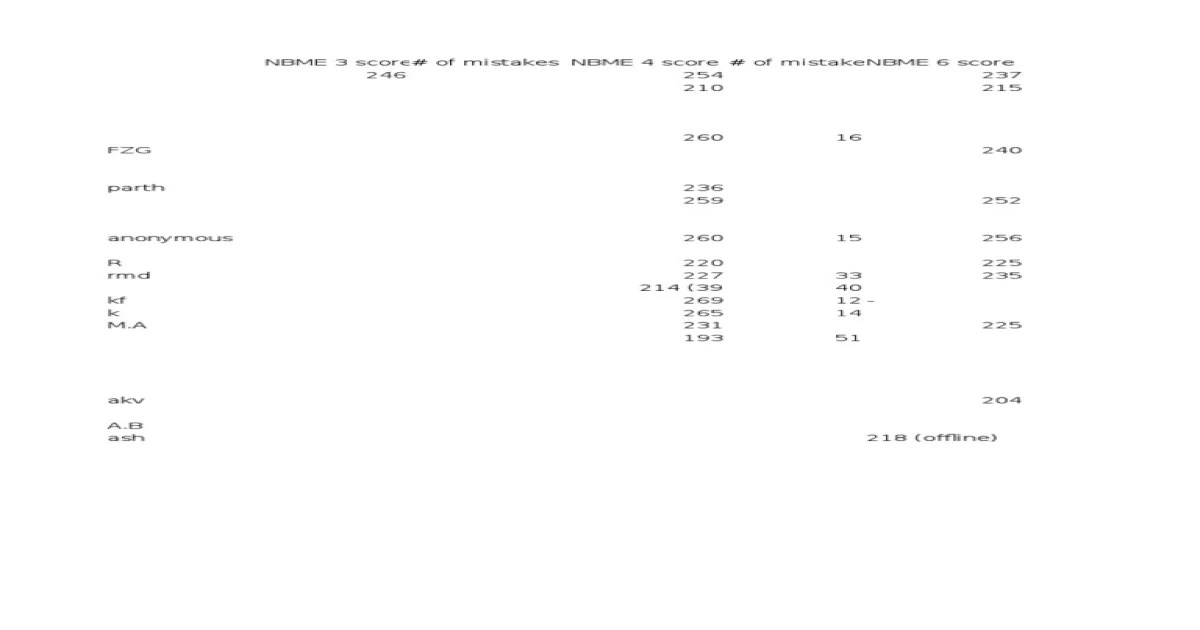
The NBME 11 Step 2 CK exam shares similarities and differences with other assessment tools such as UWorld and Kaplan. Understanding these distinctions can help candidates optimize their preparation strategies.
All three tools cover a comprehensive range of Step 2 CK topics, including internal medicine, surgery, pediatrics, obstetrics and gynecology, and psychiatry. However, there are variations in the content emphasis and question formats.
UWorld
- Content Emphasis:UWorld questions tend to focus on high-yield topics frequently encountered on the actual exam. It provides a vast question bank with detailed explanations and educational pearls.
- Question Format:UWorld questions are typically single-best-answer (SBA) or multiple-choice questions (MCQs) with detailed answer choices and explanations.
- Difficulty Level:UWorld questions are generally considered more challenging than NBME questions, providing a good gauge of exam readiness.
Kaplan
- Content Emphasis:Kaplan materials cover a wide range of topics, including high-yield concepts and less commonly tested areas. It offers comprehensive study notes and practice questions.
- Question Format:Kaplan questions vary in format, including SBAs, MCQs, and case-based questions. It also provides simulation exams that mimic the actual exam experience.
- Difficulty Level:Kaplan questions are generally more straightforward than NBME questions, making them suitable for building a foundation and identifying knowledge gaps.
Question & Answer Hub
What is the purpose of the NBME 11 Step 2 CK exam?
The NBME 11 Step 2 CK exam assesses your clinical knowledge and skills as a medical student preparing for residency.
How do I prepare effectively for the NBME 11 Step 2 CK exam?
Utilize a combination of textbooks, online courses, practice questions, and a well-structured study schedule.
What are some common high-yield topics on the NBME 11 Step 2 CK exam?
Cardiovascular disease, pulmonary disease, and gastrointestinal disorders are frequently tested.
How can I improve my test-taking strategies for the NBME 11 Step 2 CK exam?
Practice active recall, eliminate distractions, and manage your time effectively during the exam.